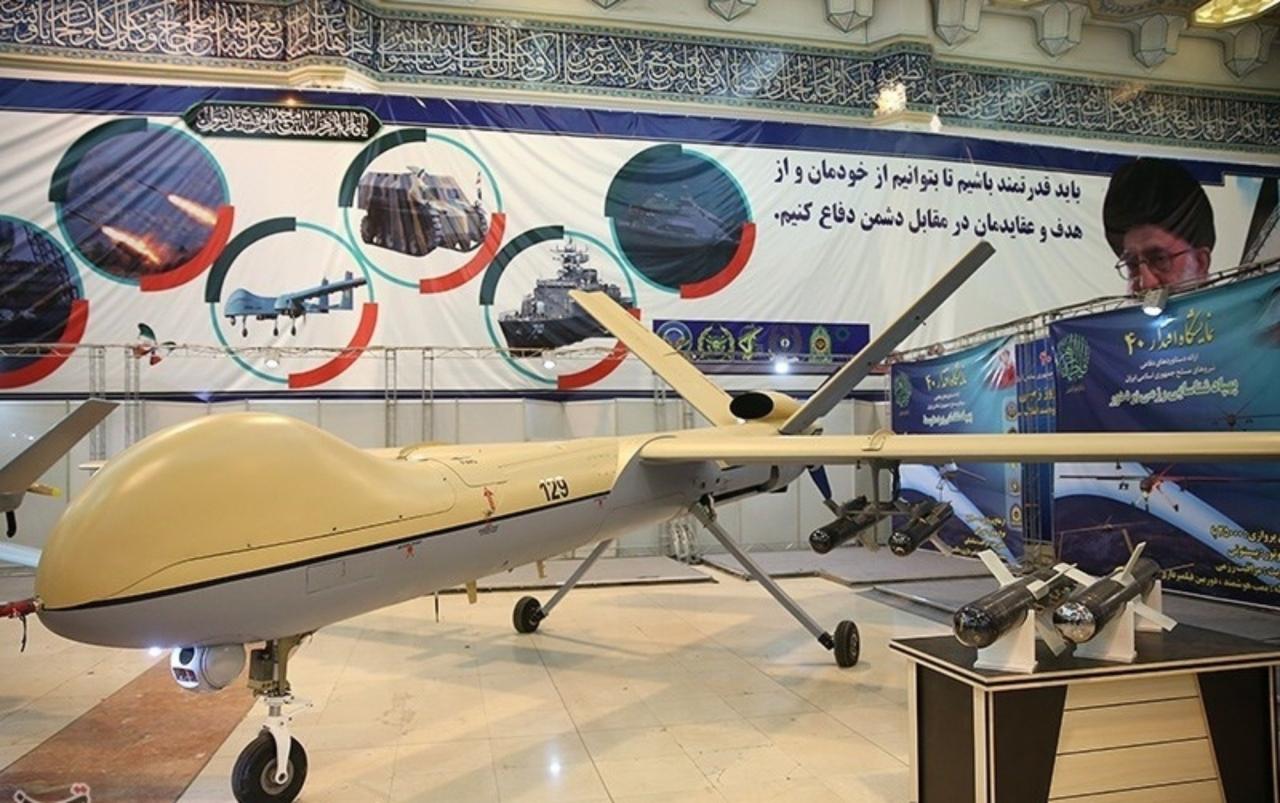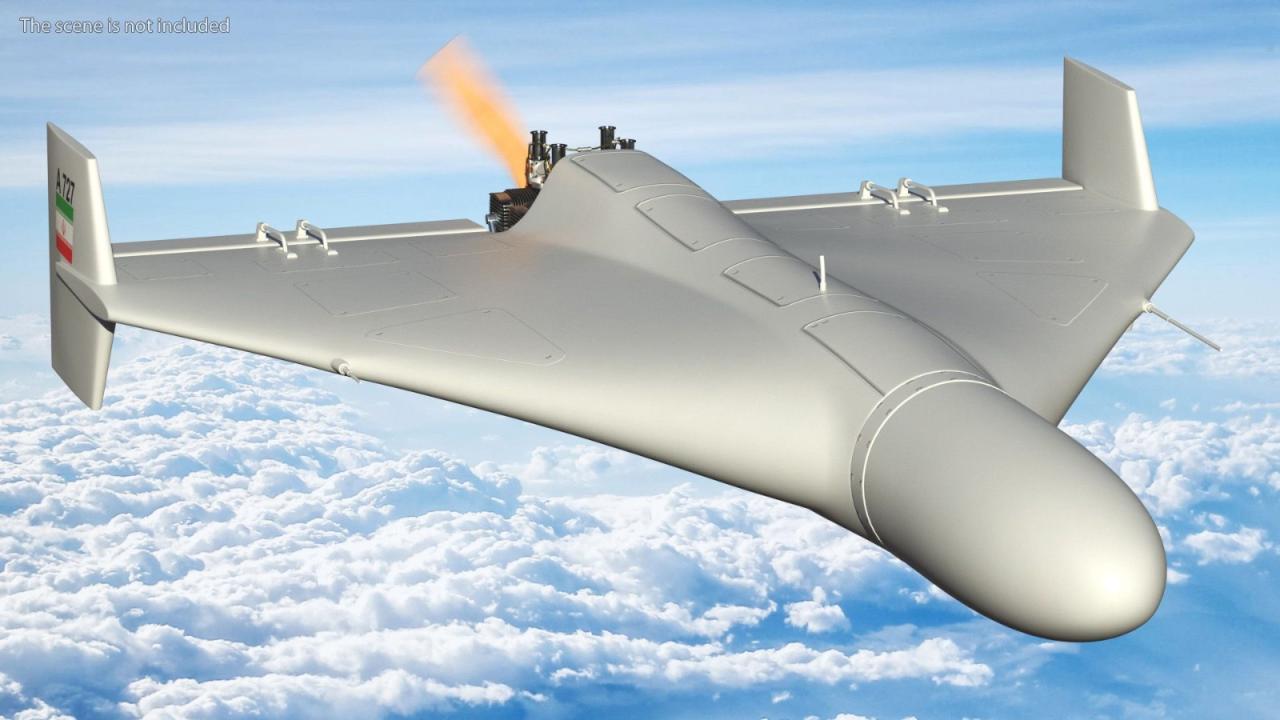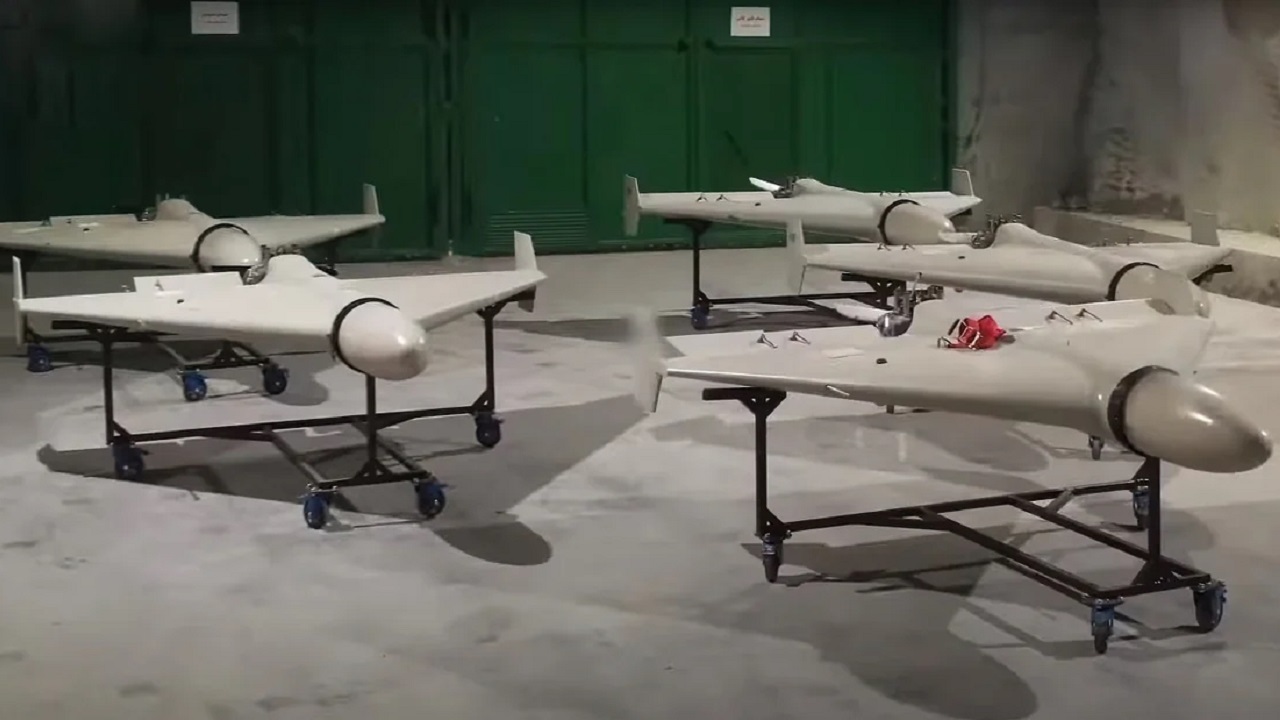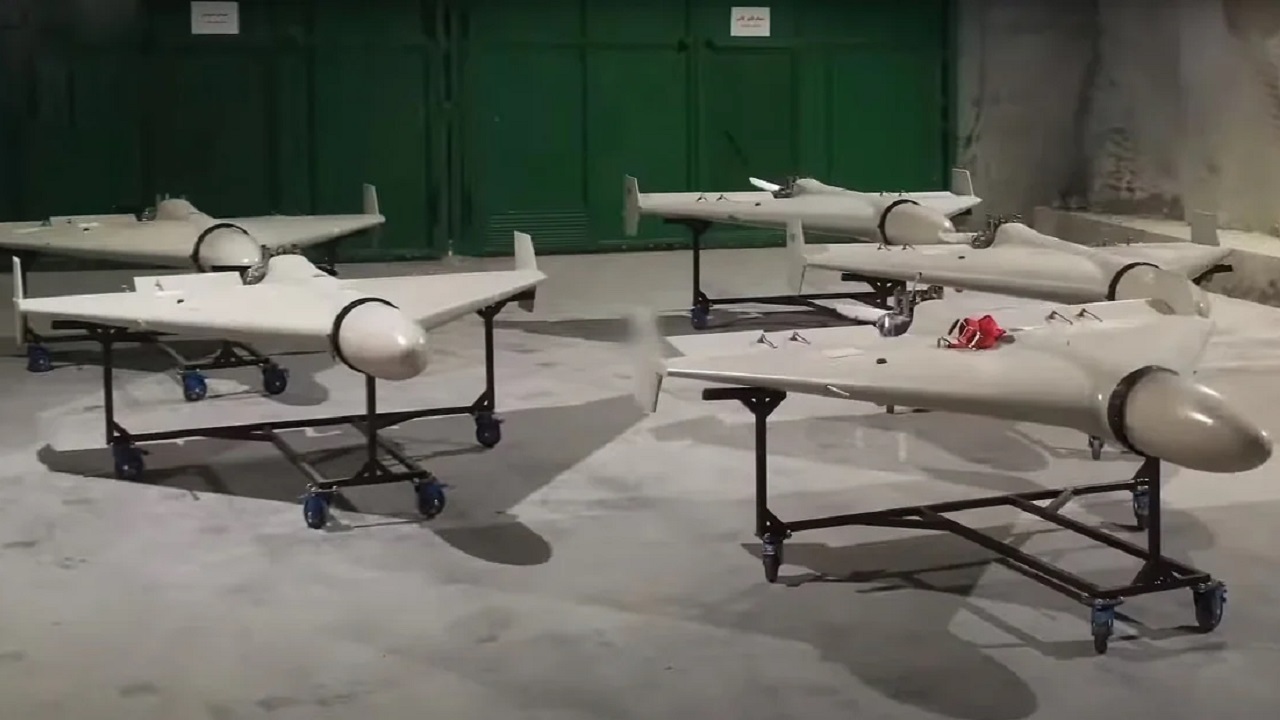Shahed drones, inexpensive and readily available, have fundamentally altered modern warfare. Their deployment in various conflicts has sparked intense debate regarding their tactical effectiveness, ethical implications, and the broader geopolitical consequences of their proliferation. This analysis delves into the technical specifications, operational capabilities, manufacturing processes, deployment strategies, countermeasures, and the far-reaching impact of these unmanned aerial vehicles.
From their relatively simple design to their devastating impact on civilian infrastructure and military targets, Shahed drones represent a significant shift in asymmetric warfare. Understanding their capabilities and limitations is crucial for developing effective countermeasures and mitigating their destructive potential. This examination aims to provide a clear and comprehensive understanding of this evolving technology and its profound implications.
The Shahed drone’s relatively low cost and ease of production have made it a significant factor in recent conflicts. Monitoring potential deployment areas, however, is crucial; a useful resource for this might be the live feed from the port dover live camera , which could offer insights into maritime activity. Ultimately, understanding Shahed drone movements requires a multi-faceted approach, including real-time observation of potential transit points.
Shahed Drone: A Comprehensive Overview

The Shahed drone, a relatively low-cost, single-use unmanned aerial vehicle (UAV), has significantly impacted recent conflicts. Its widespread deployment has raised concerns about its effectiveness, ethical implications, and the broader geopolitical consequences of its proliferation. This overview details the drone’s technical specifications, operational capabilities, manufacturing processes, deployment tactics, countermeasures, impact, and ethical considerations.
Shahed Drone Technical Specifications
Understanding the Shahed drone’s technical aspects is crucial to assessing its capabilities and limitations. The following table summarizes key physical and operational parameters. Note that precise specifications vary slightly depending on the specific model and available intelligence.
| Specification | Approximate Value | Specification | Approximate Value |
|---|---|---|---|
| Wingspan | 2.2 meters (7.2 ft) | Weight (Empty) | 20 kg (44 lbs) |
| Length | 3.5 meters (11.5 ft) | Payload Capacity | 40 kg (88 lbs) of explosives |
| Materials | Composite materials, likely including fiberglass and carbon fiber | Engine Type | Small, likely piston engine |
| Fuel Capacity | Varies depending on model, but generally enough for a several-hour flight | Flight Duration | Estimates range from 6 to 10 hours, depending on payload and flight conditions |
The navigation system relies on a combination of inertial navigation systems (INS), GPS, and potentially other less precise systems for guidance. Communication is likely achieved through various radio frequency bands.
Shahed Drone Operational Capabilities

The operational capabilities of the Shahed drone significantly contribute to its effectiveness in asymmetric warfare. Its range, endurance, and payload capacity allow it to reach targets over considerable distances.
The drone’s operational range is estimated to be between 1000 and 2000 kilometers, depending on wind conditions and payload. Its operational altitude typically stays below 3,500 meters to avoid detection by higher-altitude radar systems. It can carry a variety of payloads, including high explosives designed for maximum destructive effect against infrastructure and personnel. The precision of its strikes, however, is relatively low.
Shahed Drone Manufacturing and Acquisition
The manufacturing and supply chains for Shahed drones are complex and involve several entities. Understanding these aspects is vital for developing effective countermeasures and disrupting their supply.
- Primary manufacturer: Iran is widely believed to be the primary manufacturer of Shahed drones.
- Estimated production cost: Estimates range from tens of thousands to hundreds of thousands of US dollars per unit, making them relatively inexpensive compared to other UAVs.
- Acquisition process: The acquisition process is likely facilitated through various channels, potentially involving intermediaries and shell companies to obscure the origin and destination of the drones.
- Export routes: These routes are likely diverse and involve land, sea, and potentially air transport, depending on the destination.
Shahed Drone Deployment and Tactics

The deployment tactics employed for Shahed drones are largely influenced by their low cost and expendable nature. This contrasts sharply with more sophisticated, reusable UAVs.
Shahed drones are often launched in swarms, overwhelming air defenses through sheer numbers. Their low flight profile and relatively simple radar signature make them difficult to detect and intercept. This tactic, however, also presents significant disadvantages, such as high collateral damage potential and vulnerability to even relatively simple countermeasures.
Shahed Drone Countermeasures and Defenses
Numerous countermeasures have been developed to mitigate the threat posed by Shahed drones. These range from electronic warfare techniques to physical interception methods.
| Countermeasure Type | Effectiveness | Limitations |
|---|---|---|
| Electronic Warfare (Jamming) | Can disrupt navigation and communication | Susceptible to jamming countermeasures, may not be effective against all models |
| Anti-aircraft artillery | Effective against slower-moving drones | Requires precise targeting, limited effectiveness against swarms |
| Man-portable air-defense systems (MANPADS) | Can effectively destroy drones | Requires precise aiming and timely response, limited effectiveness against swarms |
| Directed energy weapons (Lasers) | Potentially highly effective | High cost, requires precise targeting, limited range |
Technological advancements continue to improve defense systems against Shahed drones, focusing on improved radar detection, AI-powered targeting systems, and more effective interception methods.
Shahed Drone Impact and Implications
The widespread use of Shahed drones has had a significant impact on conflicts, resulting in civilian casualties and damage to infrastructure. Their relatively low cost and ease of use have lowered the barrier to entry for employing UAVs in warfare.
A hypothetical scenario: A swarm of Shahed drones, launched from a remote location, targets a critical power plant. The resulting power outage cripples essential services, causing widespread disruption and potentially leading to humanitarian crises. This illustrates the potential for significant damage and instability caused by even a relatively inexpensive weapon system.
Shahed Drone Ethical Considerations
The use of Shahed drones raises several ethical concerns, particularly concerning the potential for civilian casualties and the lack of accountability for attacks.
- Proportionality of force: The indiscriminate nature of swarm attacks raises concerns about the proportionality of force used.
- Distinction between combatants and civilians: The lack of precision in Shahed drone strikes often results in civilian casualties.
- Accountability: Determining responsibility for attacks and holding perpetrators accountable is challenging due to the nature of the weapons system.
- International humanitarian law: The use of Shahed drones in certain contexts may constitute violations of international humanitarian law.
The long-term implications of this technology are significant, potentially leading to a new era of low-cost, easily accessible warfare with far-reaching consequences for international relations and security.
The Shahed drone’s impact extends far beyond the immediate battlefield. Its low cost and ease of use have democratized access to sophisticated military technology, leading to significant geopolitical shifts and raising profound ethical concerns. While countermeasures are being developed, the ongoing evolution of Shahed drone technology necessitates continuous adaptation and a reassessment of existing defense strategies. The long-term implications of this technology remain a subject of ongoing debate and require careful consideration by policymakers and international organizations.
Essential FAQs
What is the lifespan of a Shahed drone?
The operational lifespan varies depending on usage and maintenance, but it’s generally considered to be relatively short compared to more advanced drones.
The Shahed drone, a relatively inexpensive and readily available UAV, has garnered significant attention for its use in conflict zones. Understanding its capabilities requires examining the logistical aspects of similar drone operations, such as those detailed in the remington drone loads data, which provides insight into payload capacity and operational range. This data can then be used to better understand the logistical challenges and operational effectiveness of the Shahed drone in various scenarios.
How easily can Shahed drones be detected?
Their detectability depends on several factors, including the specific radar and sensor systems employed, environmental conditions, and the drone’s flight profile. Modern radar systems and electronic warfare capabilities are improving their detection rates.
Are there different models of Shahed drones?
Yes, there are several variations, each with slightly different specifications and capabilities.
What is the accuracy of Shahed drone strikes?
The accuracy is generally considered low compared to precision-guided munitions, contributing to a higher risk of civilian casualties.
